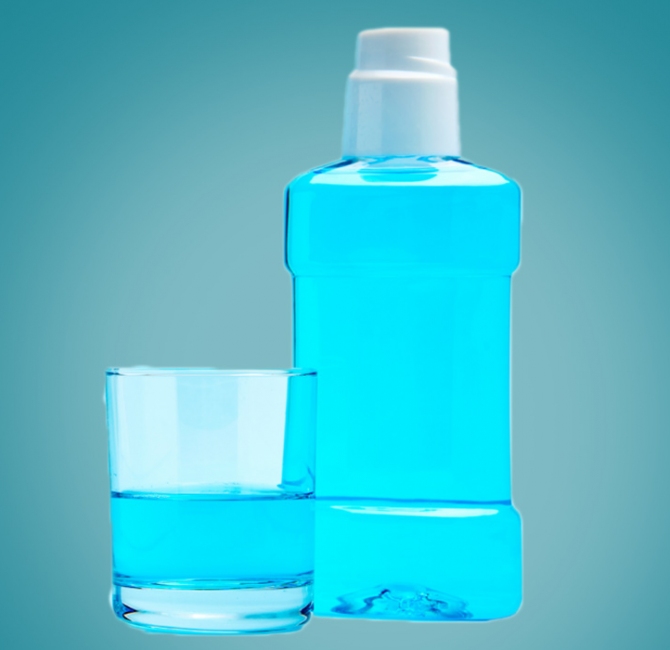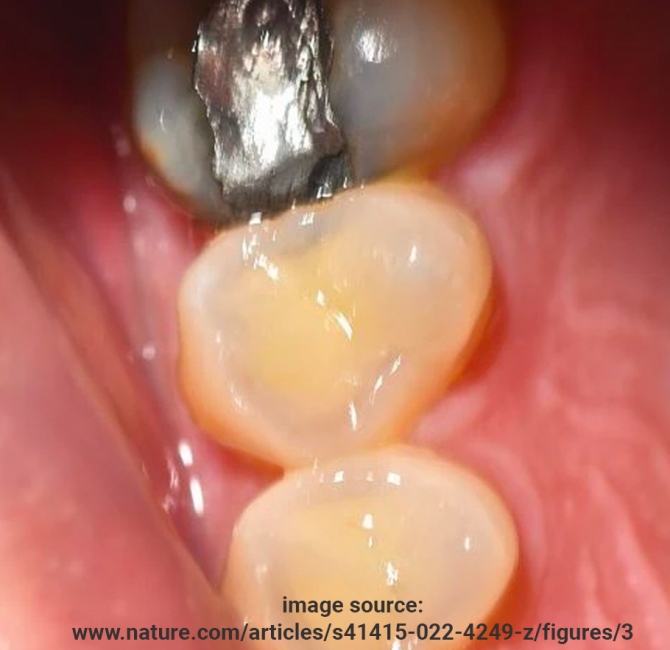Sleep apnea is a potentially serious sleep disorder in which breathing repeatedly stops and starts. Sleep apnea affects 6.4% of Canadians including men, women and children. It has personal, social and economic impacts that affect the Canadian healthcare system.
There are three main types of sleep apnea:
- Obstructive sleep apnea is the most common form that occurs when throat muscles relax.
- Central sleep apnea occurs when the brain doesn’t send proper signals to the muscles that control breathing.
- Complex sleep apnea syndrome, also known as treatment-emergent central sleep apnea, which occurs when someone has both obstructive sleep apnea and central sleep apnea.
Sleep apnea can affect anyone; however, certain factors increase risk.
- Excess weight. Obesity greatly increases the risk of sleep apnea. Fat deposits around the upper airway can obstruct breathing.
- Neck circumference. People with thicker necks may have narrower airways.
- Narrowed airway. A narrow throat can be inherited. Tonsils or adenoids can also enlarge and block the airway – this is found particularly in children.
- Age. Sleep apnea occurs significantly more often in older adults.
- Family history.
- Use of alcohol, sedatives or tranquilizers. These substances relax the muscles in the throat, which can worsen obstructive sleep apnea.
- Smoking. Smokers are three times more likely to have obstructive sleep apnea than those who have never smoked. Smoking can increase the amount of inflammation and fluid retention in the upper airway.
- Nasal congestion. For individuals with difficulty breathing through the nose – whether from an anatomical problem or allergies – are more likely to develop obstructive sleep apnea.
Complications
Sleep apnea a serious medical condition that has been found to be associated with cardiovascular and coronary artery disease as well as other cardiac related conditions, such as heart failure and cardiac arrhythmia. Sudden decreases in blood oxygen levels that occur during sleep apnea increase blood pressure and strain the cardiovascular system.
Other known associated diseases of sleep apnea include diabetes, and depression. Liver function is also affected, with individuals more likely to have abnormal results on liver function tests and likely to show signs of scarring (nonalcoholic fatty liver disease).
Daytime fatigue is one of the main side effects of sleep apnea. The repeated awakenings make normal restorative sleep near impossible, causing daytime drowsiness and fatigue very likely. Concentration can become difficult. Children and adolescents with sleep apnea might perform poorly in school or have behavioural problems.
Treatment
Often, the best treatment for obstructive sleep apnea is continuous positive airway pressure (CPAP). It’s the only effective treatment for severe sleep apnea. The CPAP machine blows a steady stream of air through the mask, into the nose and down the throat, creating pressure which holds the tissue in the airway open. CPAP treatment requires a prescription from a physician.
A fixed or an adjustable dental appliance may also be recommended as a treatment option. When worn at night, these appliances hold the tongue and jaw towards the front of the mouth, so they don’t slip back and block the airway.
Treatment can ease symptoms and might help prevent heart problems and other complications. It’s important for individuals to see a physician if signs or symptoms of sleep apnea continue.



